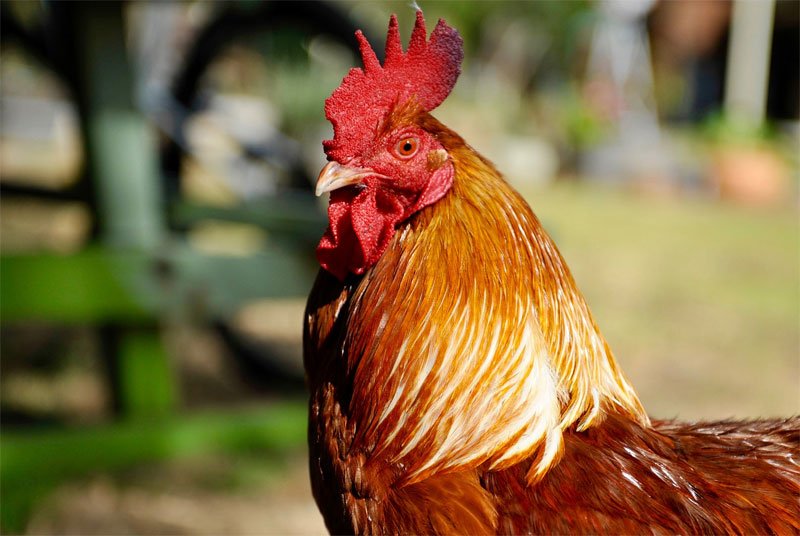August, 2017 – A minor detail in trade talks between the US and the UK seems to have grabbed the media’s attention. The controversy revolves around safety concerns about chlorine-washed chicken being sold in Britain as part of a potential UK/US trade deal after Brexit. It is expected that the US farming industry will push for agriculture to be included in any food deal and this opens the door for chlorine-washed chicken, hormone-fed beef and GMO crops to be imported into the UK for the first time.
Liam Fox, the British trade secretary, claims that ‘the British media are obsessed with chlorine-washed chickens, a detail of the very end-stage of one sector of a potential free trade agreement.” In the wake of these talks, there have been several reports in the media spotlighting US poultry farming conditions. Many articles have focused how US chickens are unnaturally large and are raised with the lack of light, space and hygiene. Washing poultry in chlorine has been banned in the EU cince 1997 for fear that the practice could lead to worsening of food standards.
What’s up with the Chlorine?
American poultry farmers treat chickens with antimicrobial rinses to prevent harmful bacteria. After the birds are slaughtered, they are examined and undergo a final washing procedure where they are sprayed or immersed with chemicals on the processing line. The practice is supposed to help manage pathogens like salmonella and campylobacter and protect consumers from infections. The USDA has approved several antimicrobial rinses for use in poultry processing – including chlorine dioxide, acidified sodium chlorite, trisodium phosphate and peroxyacids. The industry claims that washing chickens in a chlorine dioxide solution reduces salmonella from 14 per cent to two per cent. 97% of American chickens are cleaned with chlorine after slaughter. European Union member states must clean their poultry with cold air and water.
ADVERTISEMENT
Perhaps the underlying argument has less to do with the actual cleaning agents used and more to do with the warehouse conditions and hygiene on poultry farms. Critics of the US poultry industry claim that American chickens, which weigh up to 9 pounds, often buckle under their weight. The birds are too heavy to stand because they have been bred for breast meat and nothing else so they spend their lives squatting and are left covered in feces. Unlike the UK and EU, the US has no minimum-space requirements for breeding chickens, as well as no regulations regarding lighting or chemical levels. There is no limit on how much urine and fecal matter can fester inside the sheds which can turn warehouses into vile breeding grounds for disease.
There is no doubt that chickens are larger than they have ever been. The size of US chickens has more than tripled since 1957 and they cost 20% less than British chickens. Chickens raised in the EU are typically one third smaller than US birds. Major poultry producers have cross-bred and interbred birds in recent decades to create ‘mutant’ chickens which grow larger in a shorter space of time and need less feed and critics call these birds ‘Frankenchickens’. There’s tremendous competition among US farmers to produce large, birds with enormous breasts as consumer demand for chicken continues to grow. In 2016, over 9 billion chickens were slaughtered in the US to meet demand.
With so many birds being produced and competition so fierce, the need to protect the food supply from salmonella and other diseases is real and US poultry farmers have relied on using chlorine as an important line of defense for years. Supporters of chlorine-washed chicken point out that both US and European food safety authorities have declared the chemicals used to wash chickens do not pose any risk to human health. They stress that chlorine use makes the chicken safer and that since it is not present in the final product it does not pose any health risk to consumers.

